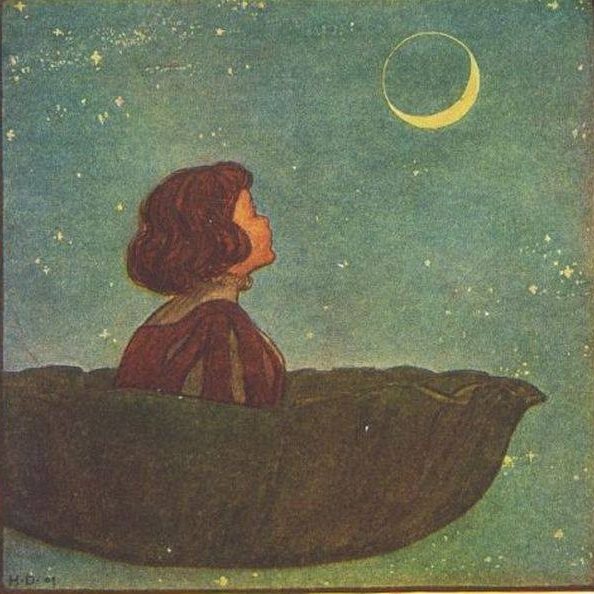Folk rock is a subgenre of rock music that combines traditional folk music with elements of rock. It emerged in the mid-1960s, with The Byrds’ hit song “Mr. Tambourine Man” being the first major hit of the genre. Since then, folk rock has evolved and diversified, incorporating various musical styles and influences. In this piece, we will trace the evolution of folk rock from The Byrds to Pentangle and beyond. The Byrds are widely credited as the pioneers of folk rock. Their signature jangly guitar sound and harmonies were heavily influenced by folk music, particularly that of Bob Dylan. Their cover of “Mr. Tambourine Man” in 1965 became the first folk rock hit, peaking at number one on the charts. The Byrds’ other hits, including “Turn! Turn! Turn!” and “Eight Miles High,” further cemented their place in the history of folk rock.
Bob Dylan is often credited as the godfather of folk rock. His early acoustic folk music was a major inspiration for the genre, and his decision to switch to electric guitar on albums like “Bringing It All Back Home” and “Highway 61 Revisited” helped define the sound of folk rock. Dylan’s influence can be heard in the music of countless folk rock artists, from The Byrds to The Beatles. The Mamas & The Papas were a vocal group that blended folk, rock, and pop music. Their harmonies and sunny, California-inspired sound made them one of the most popular folk rock acts of the 60s. Hits like “California Dreamin’” and “Monday, Monday” became anthems of the counterculture movement.

Fairport Convention were a British folk rock band that emerged in the late 60s. They incorporated traditional English folk music into their sound and helped pioneer the subgenre of British folk rock. Their album “Liege & Lief” is considered a classic of the genre and features traditional songs like “Matty Groves” and “Tam Lin” alongside original compositions. Pentangle were another British folk rock group that emerged in the 60s. Their music was heavily influenced by jazz and featured complex instrumental arrangements. Their self-titled debut album in 1968 is considered a landmark of the genre and features songs like “Let No Man Steal Your Thyme” and “House Carpenter. The band Dando Shaft have been receiving recent critical acclaim for their contribution to what some have called Funky-folk. Four studio albums. Mostly original songs. Their 1976 reunion album “Kingdom” featuring the saxophonist Paul Dunmall, Danny Thompson Bass and seminal jazz drumzer John Stevens has been seen as somewhat groundbreaking.
Dando Shaft Live Concert Belgrade Theatre Coventry “You’ve Changed” B. Holliday.
In the 70s, folk rock continued to evolve and diversify. Artists like Joni Mitchell, James Taylor, and Neil Young blurred the lines between folk and rock music, creating a sound that was both introspective and emotionally powerful. In the 80s and 90s, artists like R.E.M., The Waterboys, and The Indigo Girls continued to incorporate folk influences into their music. Today, folk rock remains a vibrant and diverse genre, with artists like Fleet Foxes, Mumford & Sons, and The Lumineers continuing to push the boundaries of the genre.
In conclusion, the evolution of folk rock from The Byrds to Pentangle and beyond is a testament to the enduring power of this musical style. Its ability to draw on diverse musical influences and blend them into something entirely new has made it a favorite of music lovers for generations. Whether you’re a fan of the classics or the latest folk rock artists, there’s something for everyone in this timeless genre.

